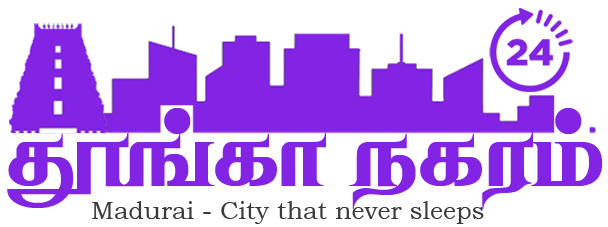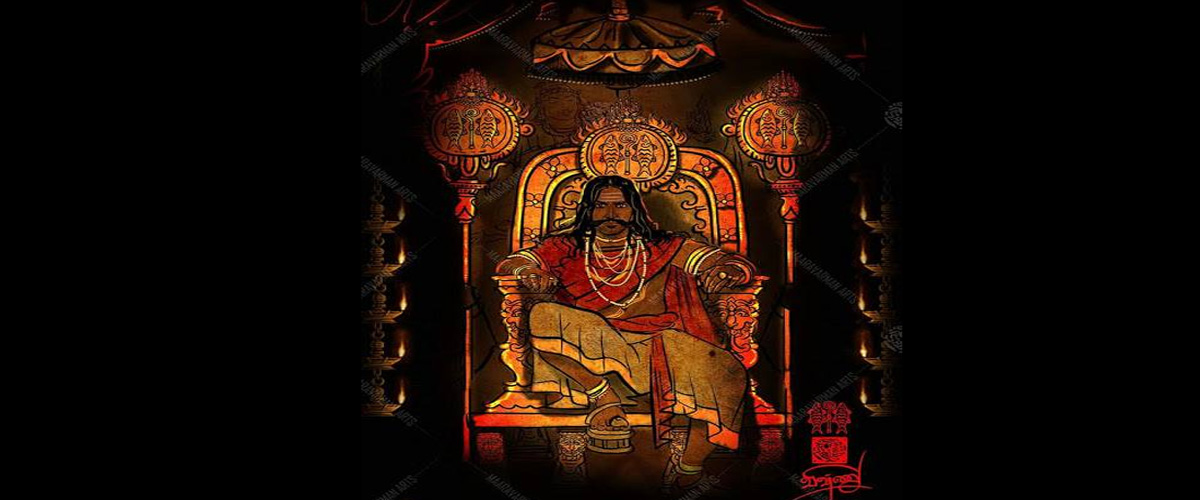Madurai: A Living Legacy of the Pandya Dynasty
One of the oldest cities in India, Madurai has served as a center of Tamil culture, learning, and politics for centuries. Known as the capital of the ancient Pandya dynasty, the city holds a significant place in South Indian history. The connection between Madurai and the Pandyas stretches back thousands of years, and the city’s heritage continues to shape the cultural and religious landscape of Tamil Nadu today.
The Rise of the Pandya Dynasty
The Pandya dynasty is one of the oldest and most illustrious ruling families of Tamil Nadu. Their reign dates back to ancient times, with the earliest known references appearing before the 3rd century BCE. The Pandyas established Madurai as their capital and transformed it into a flourishing metropolis. Under their rule, Madurai emerged as a major cultural hub, known for its art, literature, and temples.
Madurai – A Symbol of Power and Culture
Madurai’s importance as the capital of the Pandya kingdom can be attributed to its strategic location, access to trade routes, and proximity to key ports. The city became a vital center for South India’s maritime trade, connecting it with ancient civilizations around the world, including the Greeks, Romans, and Chinese.
The Pandyas were great patrons of art and architecture. One of the most iconic landmarks of Madurai is the Meenakshi Amman Temple, dedicated to Goddess Meenakshi (a form of Parvati) and her consort Sundareswarar (Lord Shiva). The temple stands not only as a symbol of religious devotion but also as a testament to the architectural brilliance of that era. Its grandeur, intricate sculptures, and towering gopurams (gateway towers) make it one of India’s most celebrated monuments.
The Pandyas’ Contribution to Tamil Culture
During the rule of the Pandya kings, Tamil culture flourished like never before. The period saw the creation of great literary works, including those of the Tamil Sangam literature, which marked a cultural renaissance. The kings supported poets, scholars, and artists, turning Madurai into a beacon of Tamil language and heritage.
The Pandya influence extended beyond literature and art. Their rule was also marked by advancements in trade, military strength, and administration. The city’s organized markets, public baths, and gardens from that era reflect the cosmopolitan nature of Madurai at its height.
Decline and Legacy of the Pandyas
Though the Pandya dynasty experienced a decline in the later medieval period, their legacy endured in Madurai. The city continued to serve as an important religious and cultural center. In the 13th and 14th centuries, rulers like Jatavarman Sundara Pandya and Raja Raja Pandya spearheaded a brief revival, re-establishing Madurai’s significance. However, by the 16th century, the city came under the control of other dynasties, including the Mughals and the Madurai Nayaks.
Even today, the influence of the Pandya dynasty is evident throughout the city. The Meenakshi Temple remains a major pilgrimage site and continues to safeguard the city’s ancient cultural traditions.
Conclusion
Madurai stands as a living testament to the glory of the Pandya dynasty. From its beginnings as a powerful kingdom to its role as a cultural and religious epicenter, Madurai has maintained its significance through the ages. Its ancient temples, historical landmarks, and vibrant traditions bridge the past and the present, making it one of India’s most revered cities. Whether you are a history enthusiast, a cultural traveler, or a spiritual seeker, Madurai’s rich heritage—shaped by the Pandya legacy—offers something profound and enduring.


